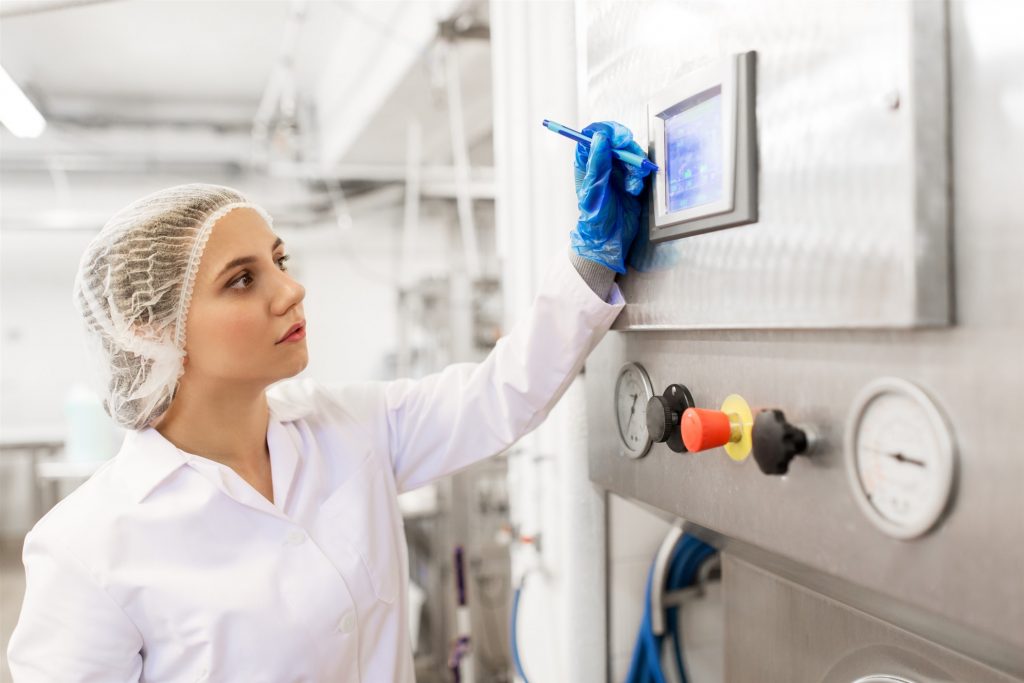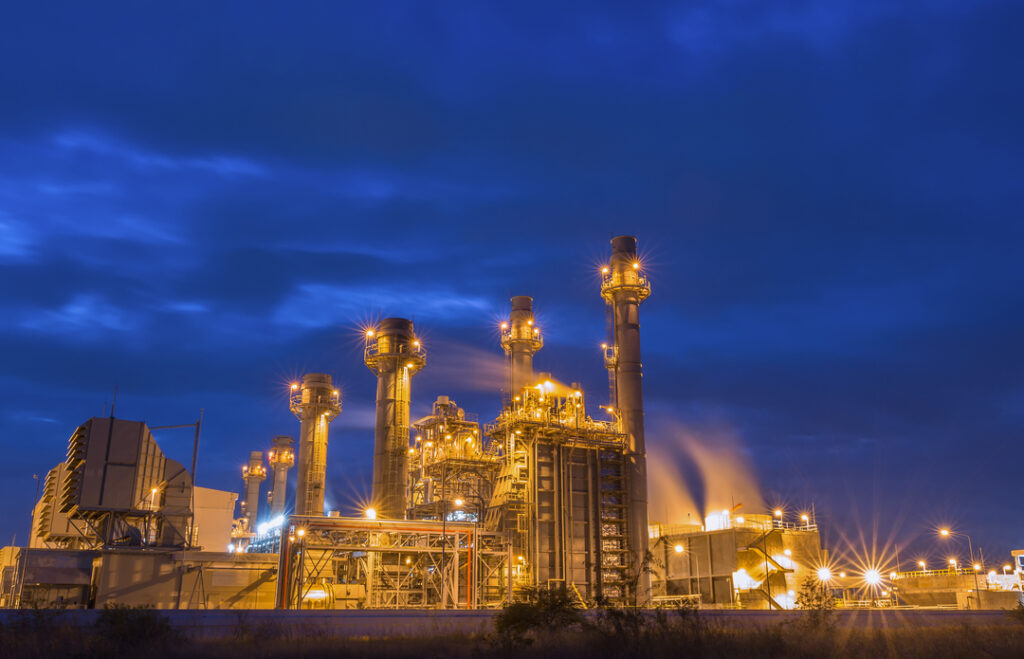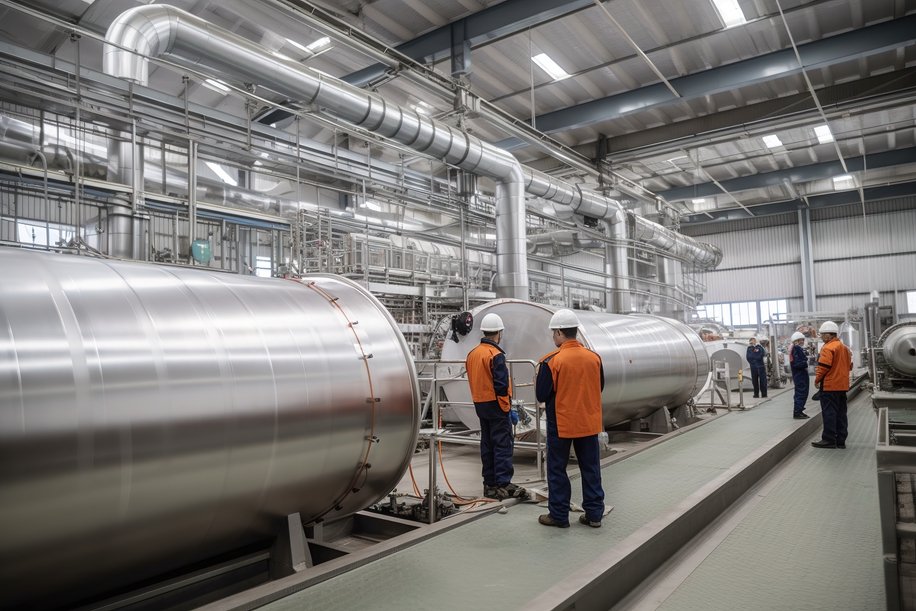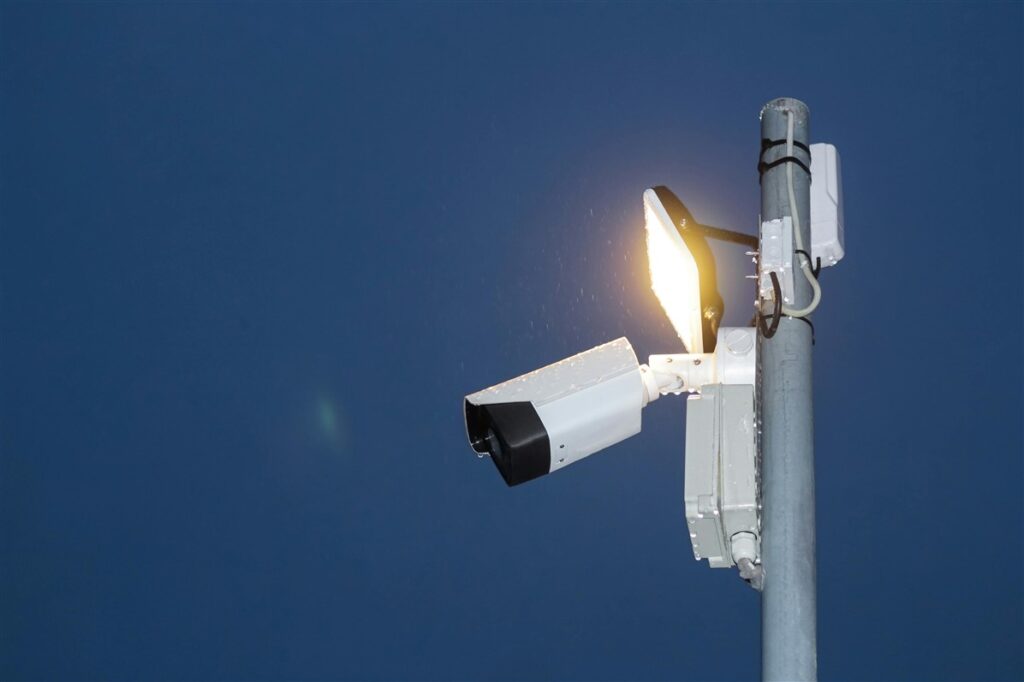How control and automation can improve equipment reliability
Unplanned machine downtime can delay production, increase waste, and impact profitability. That’s why having reliable equipment is so essential to manufacturers.
One of the many benefits of control and automation is that good systems can improve equipment reliability, minimising unplanned downtime and reducing maintenance costs.
What is control and automation in manufacturing?
Control and automation systems use technology to monitor, control, and optimise various aspects of the manufacturing process.
This includes using hardware and software systems to collect and analyse data on equipment and processes and make adjustments to improve efficiency, reduce waste, and increase productivity.
Control and automation systems can control various manufacturing processes, including production lines, robotics, and material handling systems. They can also be used to monitor and control factors such as temperature, humidity, and pressure.
Programmable Logic Controllers (PLCs): PLCs are microcomputers used to control electromechanical processes, such as production lines or industrial machinery.
Supervisory Control and Data Acquisition (SCADA) systems: SCADA systems are made up of hardware and software elements (including
 PLCs). They allow you to control processes locally or remotely, process real-time data, and interact with devices, such as sensors, valves, pumps, or motors, through Human-Machine Interfaces.
PLCs). They allow you to control processes locally or remotely, process real-time data, and interact with devices, such as sensors, valves, pumps, or motors, through Human-Machine Interfaces.
Human-Machine Interfaces (HMIs): HMIs are the user interfaces that allow you to interact with your control and automation systems, make adjustments, and monitor processes.
Robotics and Automated Guided Vehicles (AGVs): Robotics can be used on production lines to automate manufacturing processes, such as assembly, material handling, and packaging. AGVs are load carriers that operate without a driver and can be used to transport materials in warehouses and factories.
Internet of Things (IoT) sensors: IoT sensors collect data and measure various physical elements, such as heat and pressure.
How control and automation can improve equipment reliability
Control and automation systems improve efficiency, reduce waste, and increase production output while improving your equipment's safety and reliability.
Reduce human error: Control and automation systems can help reduce the risk of human error – one of the leading causes of equipment failure. Automation systems can also help ensure that equipment is operated within safe and optimal operating conditions.
Provide predictive maintenance information: Control and automation systems can monitor equipment and provide predictive maintenance information, allowing maintenance to be scheduled before equipment failure occurs. This proactive approach can help reduce downtime and increase equipment lifespan.
Improve process control: Control and automation systems can improve the accuracy and precision of manufacturing processes, reducing the risk of equipment damage caused by incorrect settings or improper operation.
Speed up response times: Automated control systems can respond more rapidly than manual processes, allowing for faster adjustments to equipment settings and reducing the risk of damage caused by delayed responses.
Enable real-time monitoring: Control and automation systems can provide real-time equipment monitoring, allowing you to quickly identify any issues and take corrective action before damage occurs.
Enhance data collection: Control and automation systems can collect data on equipment performance, allowing you to analyse data and identify opportunities for further optimisation and improvement.
Improve efficiency: Control and automation systems can improve overall equipment efficiency, reducing energy consumption and minimising wear and tear on equipment.

Additional benefits of control and automation
The benefits of control and automation systems extend beyond just equipment reliability. They help you respond quickly to changing market conditions and customer demands, allowing you to stay competitive.
Continuous production: Machines can operate around the clock when timescales are tight, eliminating the need to take on additional workers during peak times.
Increased safety: Automation removes the need for humans to operate machinery at critical points, which means less chance of accident or injury.
Improved quality: Automating your production line reduces the risk of human error, leading to greater quality outcomes.
Optimum flexibility: Automated technology can be reprogrammed quickly – often without any production downtime – providing a more flexible and agile approach to production.
Reduce cost and downtime: Automation allows you to operate with a smaller workforce, reducing wage bills, recruitment costs and overtime payments. Your production lines will also run more efficiently, reducing waste and downtime.
Greater insights: You’ll have real-time access to information about how your systems are running, where faults or bottlenecks are occurring, and where waste can be eliminated.
Faster production times: Machines can work much faster and more accurately than humans, making the production line quicker and more efficient.
Higher volume production: Because of the speed and efficiency of automated machinery, production volume is substantially increased.
Fewer errors: Unlike people, machines aren’t susceptible to tiredness, forgetfulness or misjudgement, which means fewer errors on the production line.
Less waste: Machines can operate with a higher level of accuracy, making them ideal for tasks that require absolute precision.
Accurate reporting: Control and automation systems track and record data in real time, giving you more accurate and up-to-date reports.

Getting started with control and automation
The good news is that you don’t have to replace all your equipment in one go. Some automation solutions work with existing machines and integrate with new machinery as you upgrade.
The first step is to look at each production process to see which sequences can be automated.
AES offers a free site survey to assess your production process and fully understand which areas can benefit most from control and automation enhancements.
We’ll start by looking at processes where the equipment is unreliable or keeps breaking down and processes that require precision.
Once we have completed our survey, we’ll provide feedback and show you where control and automation would provide the greatest returns. If you’re happy with our proposal, we’ll design, install and test your systems and provide training and support to help you get the most out of it.
Get in touch to book your free assessment and see how control and automation can benefit you.

Our guide to building energy management systems
Building energy management systems (BEMS) are systems that allow you to monitor, control, and optimise the energy used within your building. The phrase building energy management system (BEMS) is often used interchangeably with the phrase building management system (BMS), but there are some differences. A BEMS is focused on energy-related systems such as lighting, heating, […]
Read more
How far does power travel and what impact does distance have on performance
It’s easy to take our electricity supply for granted. We flick a switch and instantly have light or power. We don’t even think about it unless there’s an issue or an outage. But when there is an issue or outage, the impact can be significant. For manufacturers, even the smallest change in power can make […]
Read more
Why visibility of the production process is so important
Operational excellence, efficiency and quality are top priorities for almost every manufacturer worldwide. These things lead to improved productivity, happier customers and reduced waste – all of which result in increased profits. Visibility of the production process is the key to achieving these things. And manufacturers now have access to technology that can provide real-time […]
Read more
Will security lighting help to protect my staff?
Looking after the safety and well-being of employees should be a priority for any business. And while it’s not possible to mitigate every risk, there are measures you can take to improve their safety and security. One measure that is often overlooked is the installation of security lighting. When daylight disappears, visibility is reduced, increasing […]
Read more
Top 5 considerations when comparing electrical quotes
Budget is always a factor when you’re considering any type of upgrade, revamp, or maintenance work within your factory. But when it comes to electrical work, you have to consider more than just money. Don’t rush into accepting the cheapest electrical quotes without knowing exactly what you’re getting. Electrical work is not an area where […]
Read more
What is the role of companies in reducing our carbon footprint?
We should all be taking responsibility for protecting our planet and a big part of that is reducing our carbon footprint. But while it falls to all of us to do our bit, there is additional pressure on manufacturers, especially those with high carbon emissions. As an absolute minimum, these companies should ensure compliance with […]
Read more

